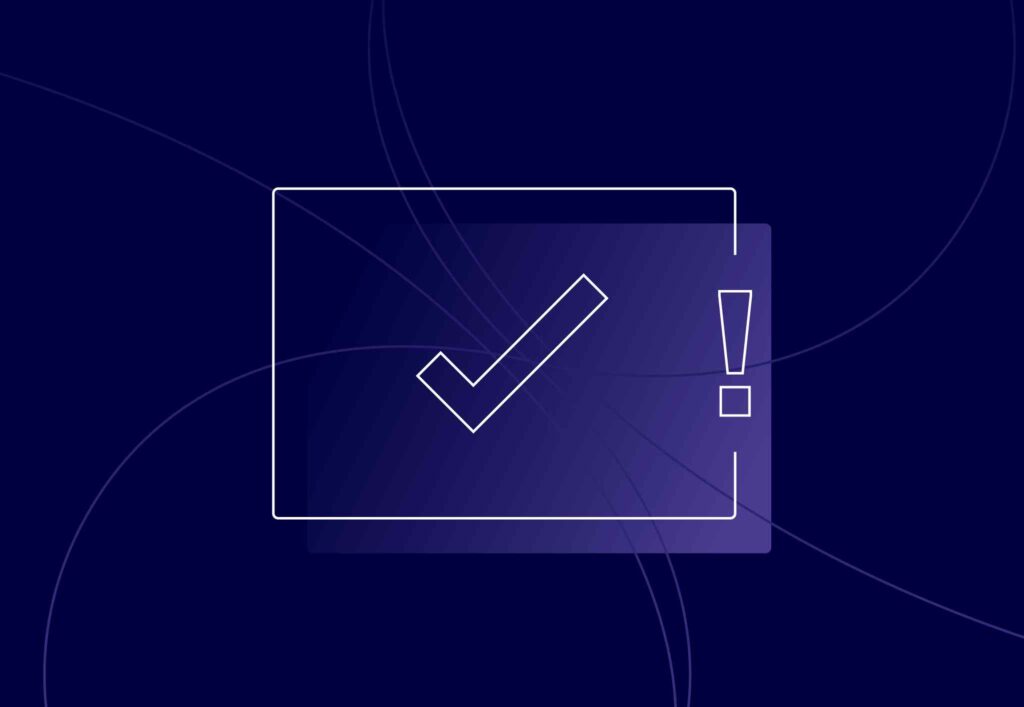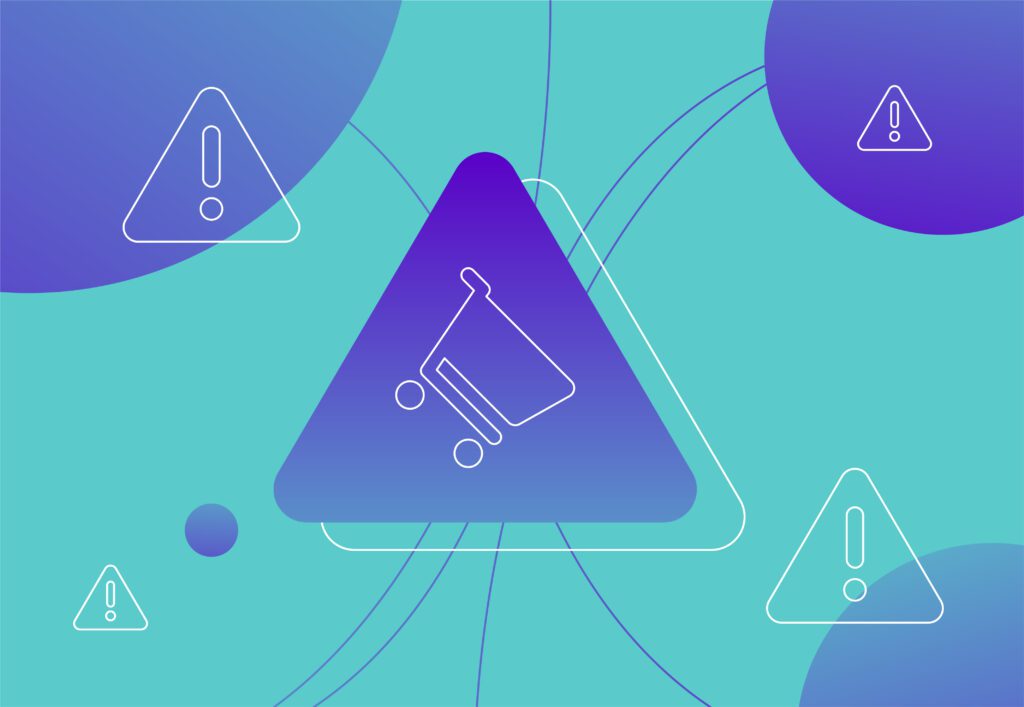
How Social Media is Changing the Music Industry

The year 2020 was one that changed a lot for a lot of people. One of the hardest-hit industries was the music industry, with live gigs and shows cancelled. Despite some artists, such as Taylor Swift, thriving and releasing not just one but three albums during the lockdowns, it was a particularly tricky time for up and coming artists. But thankfully, particularly since early 2020, there has been a huge shift in the music industry, particularly when it comes to new artist discovery. This shift is the impact that social media has on music trends, the way that music is being consumed and the whole chart performance in general.
Social media has always been a source of entertainment and promotion from artists, but more recently it has evolved into an amazing tool for artists to utilise to get discovered and have huge hits. The success of music giants Doja Cat, Olivia Rodrigo, Megan Thee Stallion and even smaller artists such as Wes Nelson and Nathan Evans, can all be attributed to their TikTok fame.
With this in mind, we’ve seen a huge shift towards artists utilising social media as their main source of promotion. Moreover, artists seem to be making songs based on social media, and how they picture their audience reacting.
Let’s take a look at how social media is changing the music industry.
The New Formula: A Viral Dance = A Chart-Topping Hit
When you look at TikTok as the prime platform for catapulting songs and artists into the spotlight overnight and turning them into pop sensations, it all comes down to one key aspect – what reason do people have to keep sharing your music on their videos? Nine out of ten times the answer is ‘it’s a viral dance’.
At its very principle, TikTok is the older sister of Musical.ly. Musical.ly was a platform with a predominantly teen audience who used their app to perform dances and lipsync to songs, effectively a Gen Z version of karaoke. Musical.ly was bought out and transformed into TikTok in November 2017 who then transformed it into the giant that it is today. Although many features have changed and developed since the 2017 takeover, the main premise has stayed the same. Music is the key. Creators create dances to songs and then other creators replicate the dance themselves to the same song. Soon enough, you’re seeing the same song and dance over and over again.
Cast your mind back to spring last year. Megan Thee Stallion released the Savage, which instantly went viral across TikTok due to its very addictive dance. It was so successful that a remix was then released, featuring none other than Beyonce. What happened when the remix with Beyonce was released? Beyonce’s verse on Savage became another dance and another viral TikTok trend. Not only was the song a hit on TikTok, but this instantly transferred over to the US Billboard Hot 100, giving Megan Thee Stallion her first-ever number one. It also won the Grammy for Best Rap Song in 2020. Prior to this, Megan Thee Stallion had seen some success with her single Hot Girl Summer featuring Nicki Minaj, but nothing near Grammy-award-winning level.
@addisonredc @cassidycondiee♬ Savage Remix – Megan Thee Stallion
Megan Thee Stallion isn’t the only success to come from viral TikTok dance success. Doja Cat also got her first US Billboard Hot 100 number one with Say So. Nicki Minaj did a Beyonce and jumped on the hit for a remix and again it hit number one. The Weeknd replicated the formula with his hit Blinding Lights and Jason Derulo has literally resurrected his whole career by becoming a TikTok sensation. Derulo has done this so well that there are some Gen Zers that don’t even know that way back when he was known for absolute tunes such as Talk Dirty, Whatcha Say, The Other Side etc.
Regardless of your thoughts on his music, Jason Derulo has been very clever with his approach to ensuring that he becomes current (again) and trends with the younger audience. Having seen the appeal of the app, the predominantly teen audience base and the potential for catchy songs that you can dance to, Derulo produced hit after hit all while just following the exact same formula – make it catchy, make it easy to dance along to and it’s a hit. Absolutely genius if you ask me.
The main takeaway from this insurgence of crazy dance trends turning into actual Billboard hits is that young audiences have changed the way in which they are consuming music. I dread to think how many TikTok videos I would have made dancing away to songs for everyone to see aged 14 (thankfully that was way before TikTok). Now, particularly with the pandemic and everything being very doom and gloom, people are using TikTok and these trends as an escape. It really doesn’t matter who the artist is, how old the song is or what it’s even about, if it’s catchy and you can dance along to it – it’s a winner.
This demand for dance-able songs hasn’t gone unnoticed, with even Drake introducing the Toosie Slide. A song very reminiscent of the Cha Cha Slide, that explicitly tells you how to dance along, and we all know how well the Cha Cha Slide goes down at a party.
If You Can’t Dance To It, Make It Relevant or Tell A Story
Ok, so the winning formula on TikTok more often than not does include a viral dance. However, there have been so many examples of non-dance related viral videos that have launched songs to number one.
First of all, let’s look at Olivia Rodrigo’s UK/US/the whole world number one hit Driver’s License. Overnight, a relative nobody (she was playing the lead role in a Disney series, but unless you’re under 15 you’ll have no idea who she is) released an absolute heartbreak anthem. Now, there are many songs that are just as heartbreaking as Driver’s License, most of those by even bigger artists (I actually have a playlist of sad bops if anyone is interested), but what sold it for Olivia Rodrigo was the story.
@livbedumb♬ drivers license – Olivia Rodrigo
Allegedly, the song is written about her co-star Joshua Bassett. Rumour has it that Josh left Olivia for their other blonde co-star, Sabrina Carpenter (there’s a convenient line in Driver’s License referring to Sabrina as “that blonde girl”, therefore ‘confirming’ the theory). The pure heartbreak displayed in the song, fueled by those older than 18-year-old Olivia feeling like it’s their little sister, automatically made the song a hit.
When we look at the success of Driver’s License, it is absolutely astounding. Olivia Rodrigo actually set a record for single-day consumption on Spotify with more than 17-million streams. It’s not a mystery as to why the song did so well, it’s an amazing song that is perfect to scream in the car if you’re ever feeling sad, but, would it have had the same upward trajectory if it didn’t go viral on TikTok? Probably not. Thankfully for Olivia, she’s released two songs since and they are just as good as Driver’s License. She even recently performed the hit at the Brits and is now best friends with Taylor Swift (not jealous at all …).
Using heartbreak and emotion as a tool to go viral is a great tactic, but let’s not forget some other more obscure examples of hits that have risen through social media. Nathan Evans, a Scottish postman, recently became a UK Top 40 star with his rendition of a sea shanty – Wellerman. An average bloke from Scotland literally went on TikTok, played an obscure sea shanty that no one has heard of, and got signed by a record label who produced the track and it has since reached number three on the UK chart. You cannot look at this example and deny the immense impact of social media on the music industry.
Most recently, no one can get the lyrics “have you seen the state of her body …” out of their head. Tion Wayne and Russ Millions’ song Body (Remix) featuring ArrDee (and many, many more) is the latest song to go viral for no reason other than the fact that it’s annoyingly catchy. In fact, last week it went to number one on the UK Singles Chart. That’s the UK’s first-ever drill number one. The rise of this song on social media is breaking records on the UK Chart history.
The Future of The Industry Is … Social-First Music?
Social media hits aren’t just having an impact on the global charts, they’re breaking records and setting new ones. Those that are adopting and embracing the impact of social media on music are succeeding. Currently, we haven’t seen a drop in the success of more traditionally promoted artists, however, it appears that those that have very strong fan bases (Taylor Swift, Little Mix, Harry Styles etc.) are actually having success on the platforms without having to be involved themselves. The core fans of these huge artists are sharing their music anyway, starting trends anyway, encouraging sharing anyway.
Is the future of the industry social-first music? We’ve already seen artists such as Drake and Jason Derulo try this and have huge success, but are other artists going to make the shift to appeal to that younger demographic? It’s evident that it works, but is this a bit of a sellout to sell more records? Probably. If Taylor Swift started creating songs just for TikTok, would I (a die-hard fan) still respect her as an artist? Probably, but it just wouldn’t be the same.
Whatever your view on the approach, the impact of social media on the music industry is undeniable. Next time you listen to the UK Top 40, I can guarantee you that at least half of those have shot to success due to their presence on TikTok. Watch this space, I guess!




